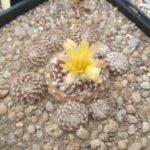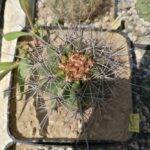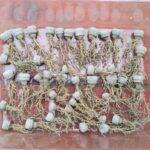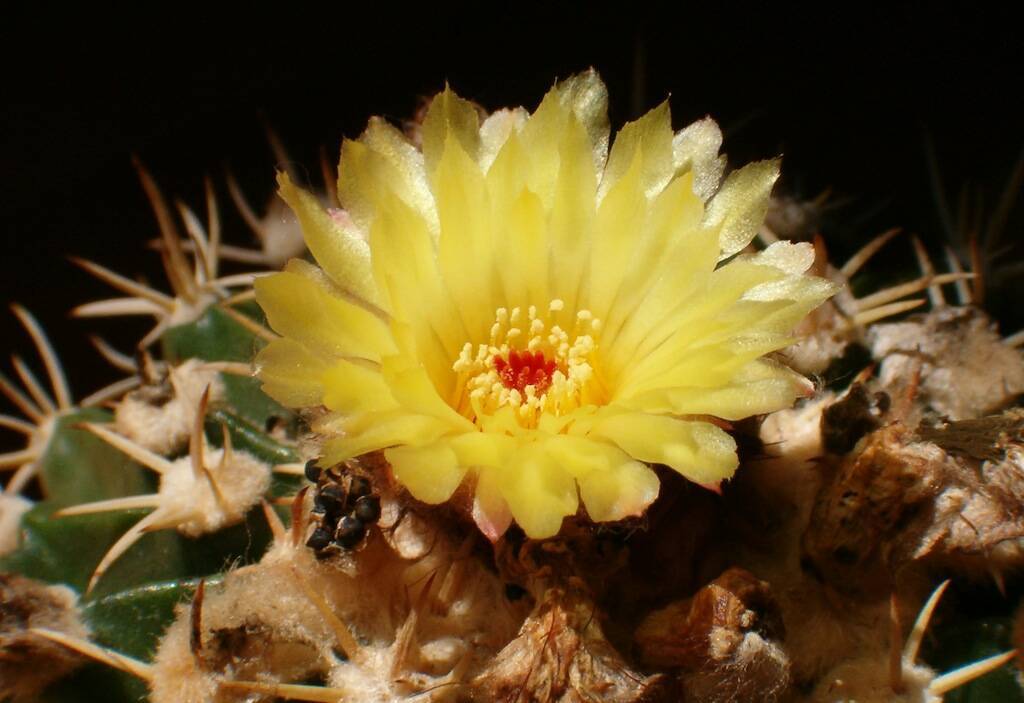Summer is a relatively quiet season for those who grow cacti. Things to do, in fact, are not that many. Preventive treatments have already been done, and repotting, although repotting can be done at any time if necessary, should be suspended at this time, when the plants are in vegetation and in full bloom. Fertilizations should also be stopped at this time, confining them to spring and September. Overall, the bulk of the work in the weeks from mid-June through August focuses on watering, which will need to be calibrated according to the species being grown. In some cases, with certain plants, it will be appropriate to suspend them altogether to avoid stagnation and rot. Indeed, there are plants that vegetate well even in these months and plants that slow down their vegetation. Still others, in the warmer months, such as July and August, stop vegetation altogether to resume growth at the time of September, as soon as the maximum temperatures have dropped slightly. This phenomenon, the halting of vegetation coinciding with the hottest weeks, is called “summering,” and it is good to know its effects to avoid risks in cultivation.
In the following article we look in detail at what we have to do in the run-up to summer to best prepare cacti and succulents and avoid problems. (…)
Aestivation
The slowing down of vegetation in cacti is called “aestivation“: basically in the middle months of summer many plants slow down or stop their activity, just “waiting” for the great heat to pass. It will therefore be a good idea to observe them well and try to tell from both the new spines and the stem whether they are in full growth or not, and adjust watering accordingly. Many succulent plants and many cacti, such as Agave and Euphorbias, Gymnocalycium and Echinopsis, have limited aestivation. For these, therefore, a watering regime appropriate to the rate at which the soil dries out can be maintained, watering as often as once every 7 to 10 days. The area in which you are growing succulents is also decisive: in North Euorpe, let’s say, you still should not overdo the watering, given the high ambient humidity rates, while in the South of Europe you can even go so far as to water almost every day if necessary.
A more in-depth discussion on watering can be found here.

Wanting to make an initial broad distinction, it is important consider that Chilean plants, such as Neoporteria (Eriosyce) and Copiapoa, from mid-June to the end of August stop or slow down their vegetation considerably. For these genera we can’t really talk about aestivation, but watering should be suspended altogether during this period, because there is a risk that, with the plant stopped and unable to absorb water, the soil will remain wet for a long time, triggering rot. Plants such as Echinocactus polycephalus, Sclerocactus and Pediocactus also slow down their vegetation significantly in summer and, like Copiapoa and Neopoerteria, should be kept dry and, if possible, in slightly shaded areas so as to contain the heat. Most cacti, on the other hand, simply go into aestivation in August, a month during which I use to suspend watering altogether. A special attention should be paid to the leafy succulents, such as Echeveria, Crassula, etc.: for these species it will be enough to adjust based on direct observation. If the leaves begin to shrivel and lose turgidity, you will be able to water. Otherwise, better to wait.
Fertilization
Also during the warm months, it’s better to avoid fertilization: plants “work” less and absorb less water, and fertilization may prove unnecessary or even harmful.
When and how fertilize cacti and succulent plants.
Pests and adversities
In July and August, with the great heat, conditions are created for the proliferation of the red spider mite, one of the main pests of succulents. Hot and dry weather are the factors that favor the presence of this pest, which attacks the tender parts of the plants’ stems. You can then resort to some spraying (which does not go to wet the soil, but only the aerial part of the plant) and a few of preventive treatments with specific products.
An article on pests and diseases of succulents can be found here.

Without a doubt, the best thing to do during the warm months is to encourage maximum air circulation. This obviously applies to those growing in greenhouses or partially sheltered areas: outside, plants enjoy normal air recirculation and are therefore able to tolerate the intense July and August sun and high temperatures. On the contrary, plants grown in greenhouses (even if open) have less air available and are exposed to temperatures that can easily exceed 40 degrees. There are many solutions: a shade can be placed on the roof of the greenhouse to contain the insolation, or all moving parts of the structure can be opened to the maximum. Finally, thermostat-controlled fans (or a timer) can be used for improving indoor air recirculation.
Seedlings

A separate discussion must be reserved for sowings: seedlings born in spring are not yet able to withstand long periods of drought, but they should be sufficiently developed by now to tolerate the wet/dry alternation. They can therefore also be watered during the summer, but allow the soil to dry out almost completely between waterings. Leaving seedlings completely dry for a month can drastically slow their vegetation or even lead to their death. Seedlings one or more years old, on the other hand, are better able to withstand dryness. For these, as for adult plants, the golden rule is observation: if the plants are swollen and turgid, they can be left to dry out during the hottest weeks. If they tend to deflate excessively you can provide for a focused watering. Remember that aestivation can also affect young plants!
Seasonal care in detail
If you want the complete picture of seasonal care, with what needs to be done in spring and autumn to best care for cacti and succulents, you can check out this article or this one.
SUBSCRIBE TO THE SITE – If you liked this article, subscribe to the site to have access to all the contents for one year or three months depending on the formula you choose. Here you will find terms and conditions.
SUBSCRIBE TO THE NEWSLETTER – If you want to receive the free newsletter every time new content is published (even if you have not subscribed to the site), fill in the fields at this link!
Correlated articles
Watering cacti and succulents
How to repot cacti and succulent plants
Substrates for cacti and succulents
The correct soil: the materials you can use
© The texts, videos, photos and graphic elaborations of the site “Il fiore tra le spine” are original material and are covered by copyright. It’s forbidden to reproduce them in any way.



